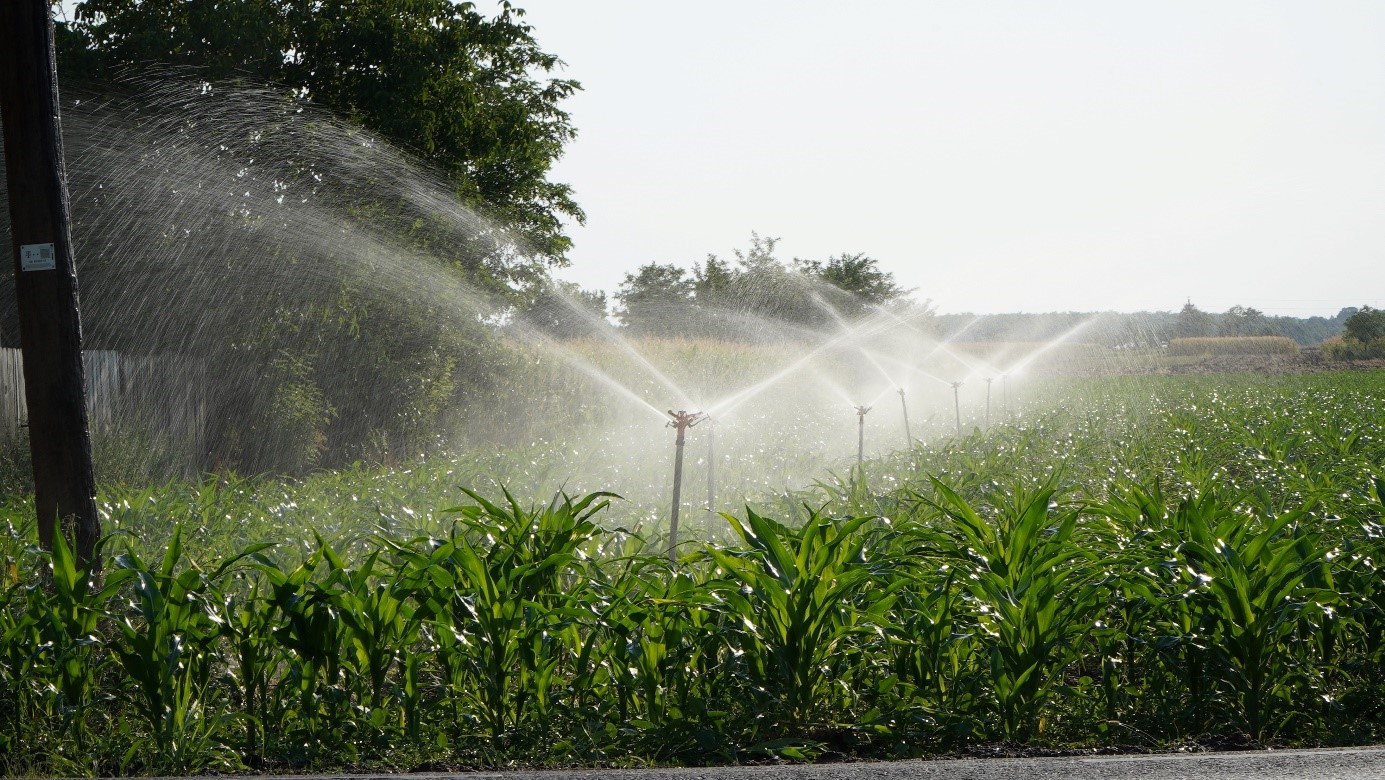
July 2024 Sees Significant Shifts in Precipitation, Relative Humidity, and Soil Moisture
The latest climate bulletin data from the Copernicus Climate Change Service highlights significant variations in precipitation, relative humidity, and soil moisture for July 2024. This analysis underscores a notable deviation from typical weather patterns, reflecting the impact of ongoing climatic changes.
July 2024 experienced irregular precipitation patterns across Europe and other regions. Southern parts of Europe experienced below-average rainfall, exacerbating drought conditions that have been affecting agriculture and water supply. In contrast, Northern Europe reported above-average precipitation, leading to localised flooding and challenges in managing water resources.
Relative humidity levels showed considerable fluctuation throughout the month. Lower humidity in many areas contributed to increased evaporation rates, further straining water resources. This trend is particularly concerning for regions already facing water scarcity, as reduced humidity accelerates soil moisture loss and intensifies heat stress on crops.
Soil moisture levels were significantly impacted by the irregular precipitation and varying humidity. Areas with insufficient rainfall saw soil moisture levels drop to critically low points, affecting crop yields and agricultural productivity. Conversely, regions with excessive rainfall faced soil saturation issues, which can lead to erosion and diminished soil health.
In response to these challenges, the MAGDA project is working to mitigate the impacts of such climatic variations. By integrating satellite, drone, and ground-based meteorological data, MAGDA provides enhanced weather forecasts and irrigation advisories tailored to specific agricultural needs. This innovative approach helps farmers better manage water resources and adapt to changing conditions, aiming to improve resilience against the extreme weather patterns observed this July.
As climate patterns continue to evolve, monitoring and adapting to these changes becomes increasingly crucial. The Copernicus Climate Change Service and initiatives like MAGDA provide valuable tools and insights to support informed decision-making and enhance resilience to climatic variations.

Anomalies in precipitation, the relative humidity of surface air, the volumetric moisture content of the top 7 cm of soil and surface air temperature for July 2024 with respect to July averages for the period 1991-2020. The darker grey shading denotes where soil moisture is not shown due to ice cover or climatologically low precipitation. Data source: ERA5 and ERA5-Land. Credit: Copernicus Climate Change Service/ECMWF
Author:
Amelia Fernández Rodríguez
Keywords
irrigation timing and amounts; surface soil moisture; data assimilation; particle filters; FAO-56; Sentinel-1; semi-arid Mediterranean region; winter wheat


